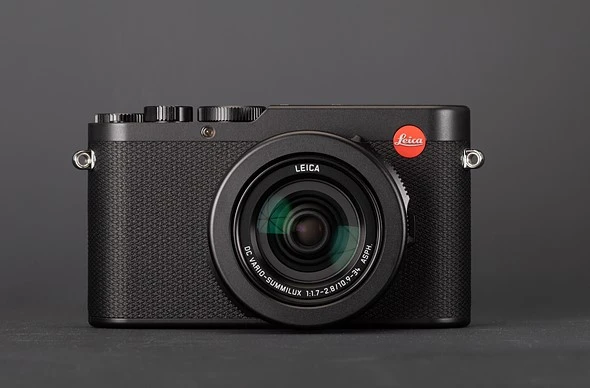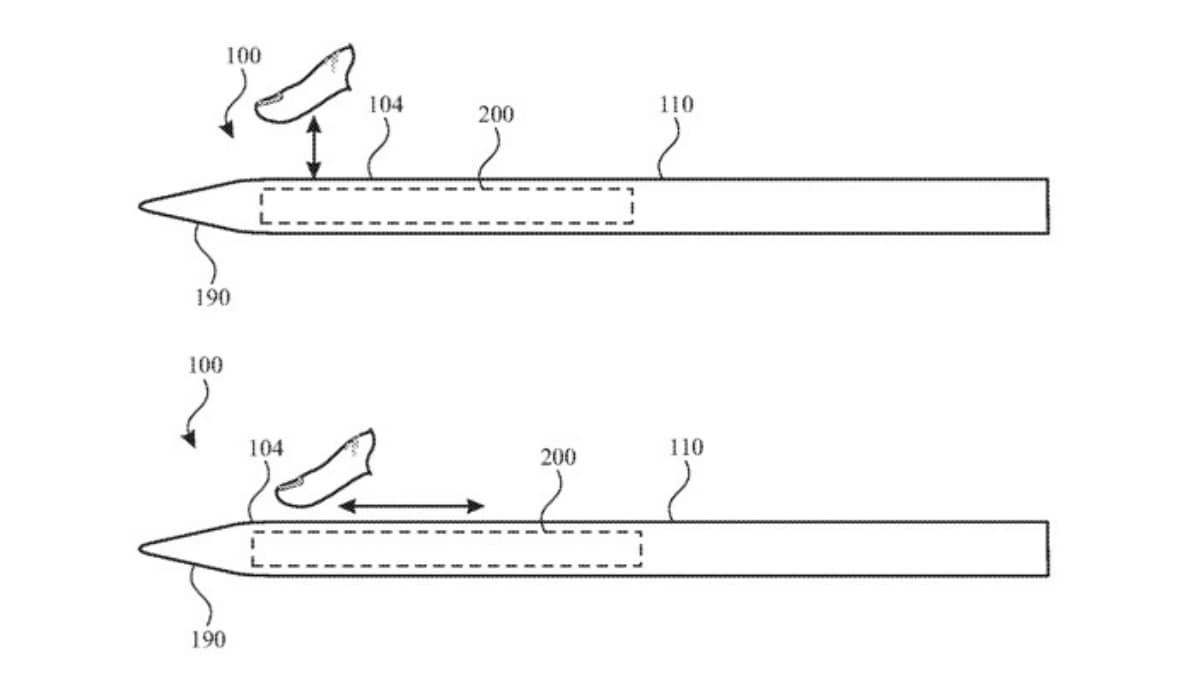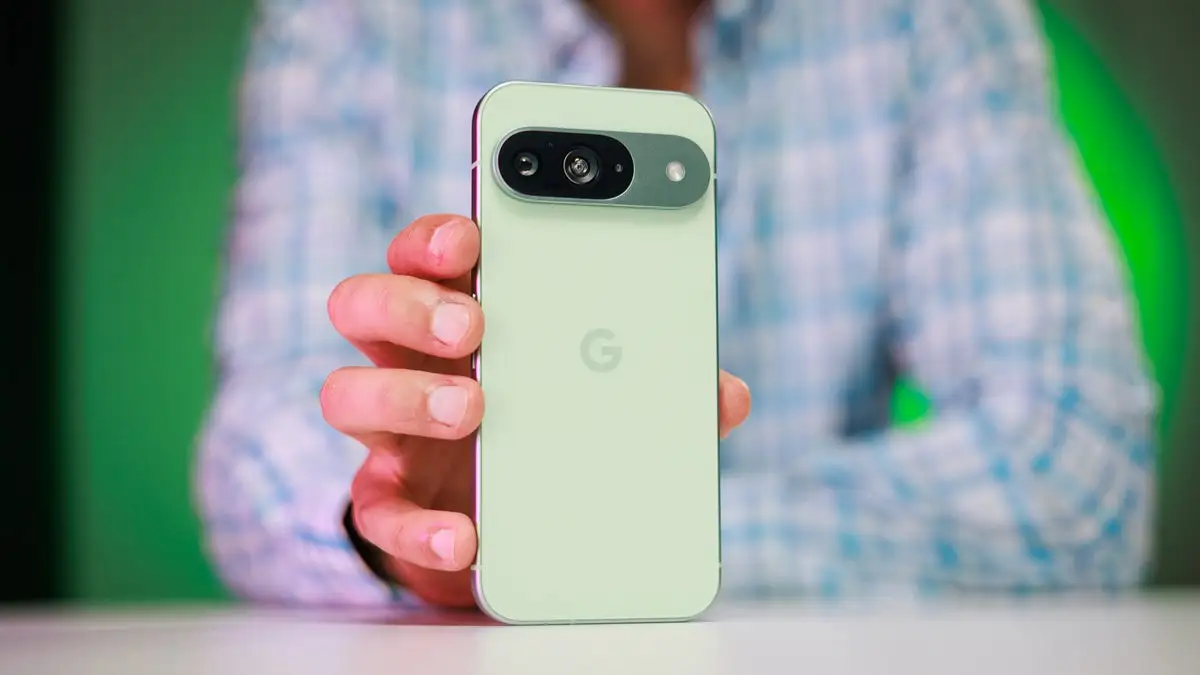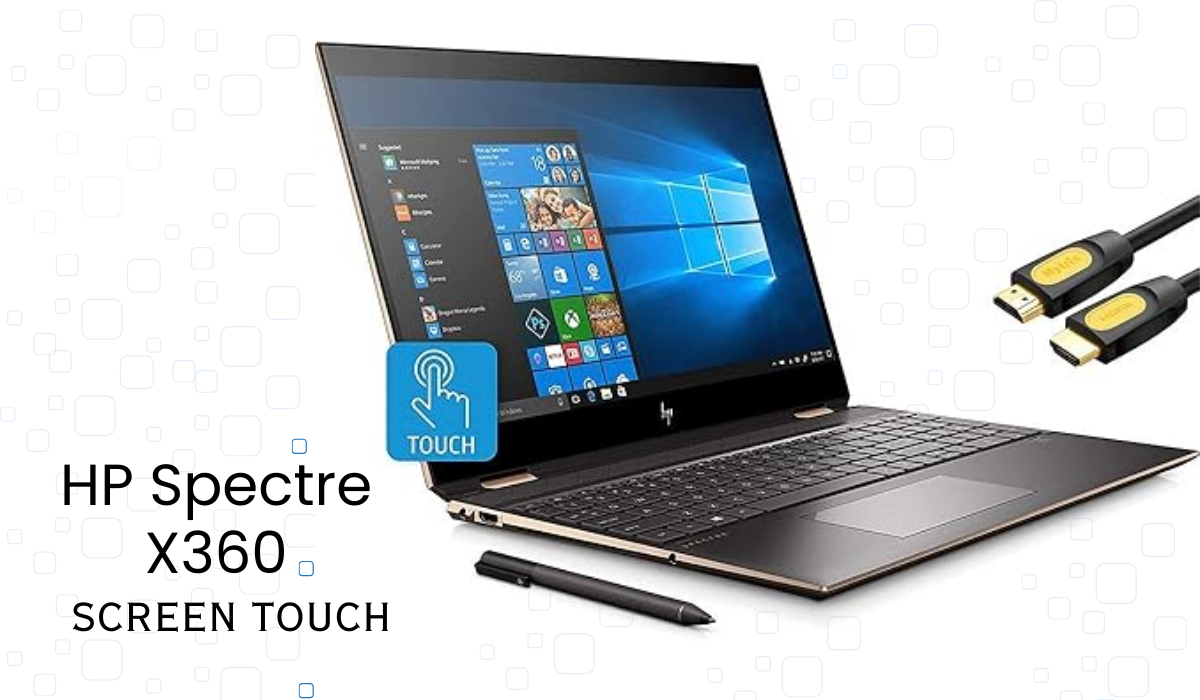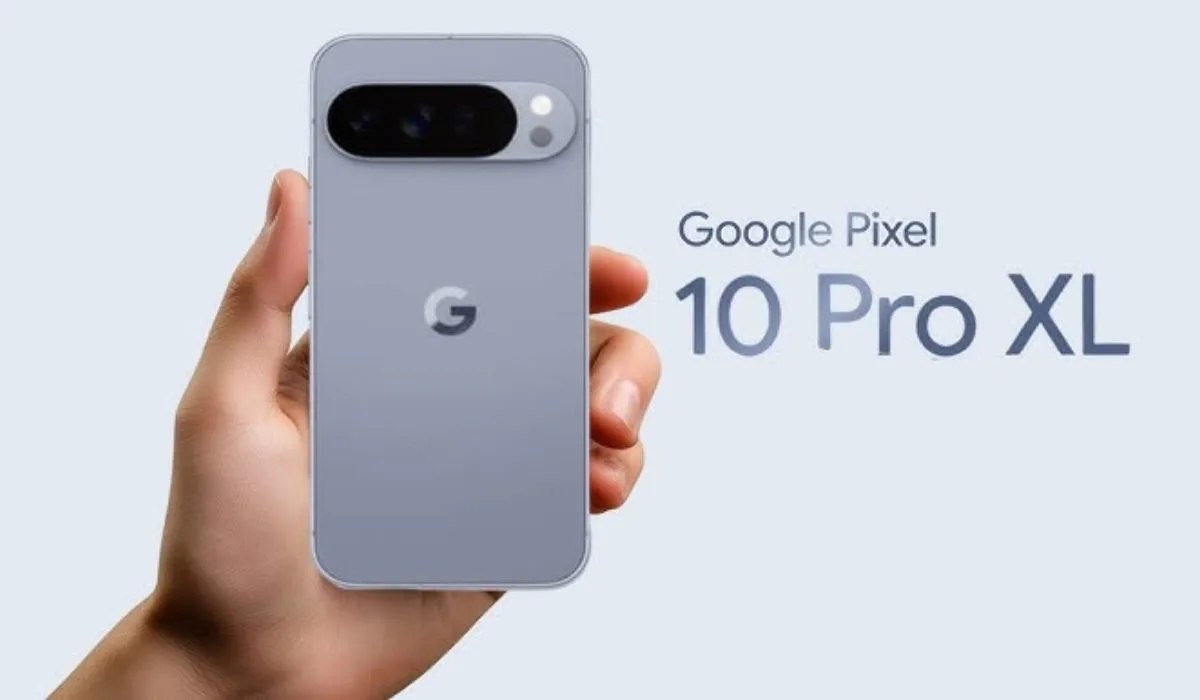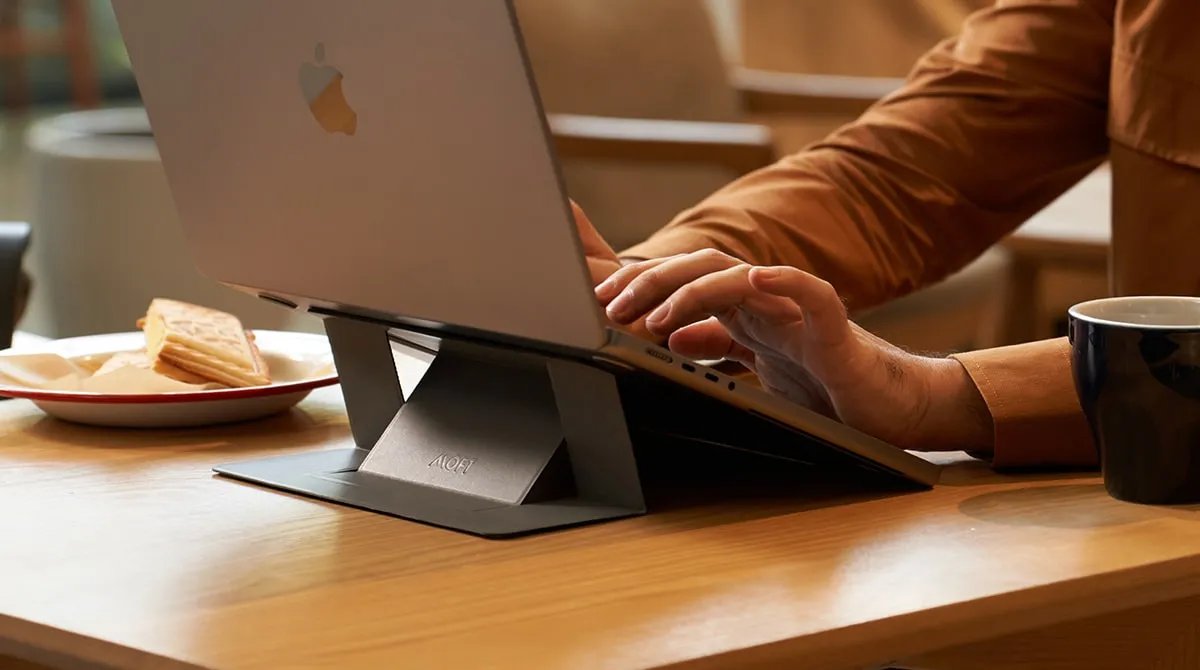Overview
With a multi-aspect Micro Four Thirds sensor and 17 megapixels, the Leica D-Lux 8 is a high-end little camera. It is the replacement for the D-Lux 7 model, which was introduced in 2018.
Features of the Dlux 8 include built-in Bluetooth and Wi-Fi connectivity, a hot shoe mount for an external flash, USB-C in-camera battery charging, a 2.36m-dot OLED electronic viewfinder, a 3.0" 1.84m-dot touchscreen LCD monitor, a 24-75mm, f/1.7-2.8, 3.1x zoom lens, 11fps burst shooting, an ISO range of 100-25600, and UHD 4K video recording at 30/24 frames per second.
The D Lux 8 costs £1450, €1590, or $1595 in the UK, Europe, and the USA, respectively, and is now available in black. In the box comes a small, detachable flash unit.
Ease of Use
With a redesigned control structure and menu system modeled after the Q3 mirrorless camera system, a better OLED viewfinder, a higher-resolution LCD screen, USB-C charging, compatibility for UHS-II SD cards, and DNG Raw output, Leica has effectively updated the D-Lux 7 model.
Using the same sensor, CPU, lens, and auto-focus mechanism, the new DLux 8 is practically identical to its predecessor, which isn't always a negative thing. This indicates that although the user experience is somewhat different, the final photographs produced by both cameras are nearly identical.
The asking price also differs significantly. In the world of digital cameras, six years is a long time, but the price difference between a second-hand D-Lux 7 or Panasonic Lumix LX100 II in good condition is rather significant, going from about £$€1000 to £1450 / €1590 / $1595.

Additionally, it places the D-Lux 8 squarely in the line of fire of the dominant Fujifilm X100 series, which is currently in its sixth iteration. Although the X100VI lacks the versatility of a zoom due to its fixed 35mm prime lens, it does include a larger APS-C sensor with 40 megapixels, 4K/60p video, 20 frames per second, and in-body image stabilization. It isn't much larger than the D-Lux 8.
The Sony Cyber-shot RX100 VII, which features a smaller 1-inch sensor with 20 megapixels and a 24-200mm lens, is the only other competitor to Leica's new product, making it one of the very few high-end compacts with a zoom lens.
Another option is the Ricoh GR III, which is now five years old and features a 28mm F2.8 lens and a 24.23 megapixel APS-C sensor.
After identifying its primary competitors, let's examine the new D-Lux 8 and Leica's modifications in more depth.
You wouldn't be able to tell them apart at first glance from the front. The black variant, which is no longer offered in silver, features a leatherette finish to improve grip when a suitable handgrip is not present.
In terms of 35mm film, the lens has the same reach as a wide-angle 24-75mm lens. A lens ring with incremental settings up to f/16 allows manual adjustment of the lens aperture, which has a maximum of an incredibly fast/bright f/1.7. Alternatively, you may simply let the camera make the decision and shoot on automatic, which also has a dedicated setting.
The sensor is identical to the D-Lux 7's 21.77 megapixel multi-aspect Micro Four Thirds model. Then, using a switch on the lens barrel, the camera cuts the image to enable multi-aspect shooting (3:2, 16:9, 1:1, and 4:3), with the highest resolution of 17 megapixels in the 4:3 mode.
A slim manual focus ring sits between the aperture ring and aspect ratio selector. A basic sliding scale that indicates the focusing distance and peaking on-board to assist in determining critical focus is displayed on the LCD screen. You may rapidly switch between these three focus modes using the MF/AF/Macro/AF switch located on the underside of the lens barrel.
Some of the modifications Leica has made to the user interface become apparent when you switch to the top of the camera.
Read Also: Exploring the Panasonic Lumix S9 Camera
Quality of Image

The 17 megapixel Fine JPEG setting, which yields an average image size of about 6 MB, was used to take all of the sample photos in this review.
Excellent quality photographs were produced by the Leica D-Lux 8 during the review period. At ISO 100 to ISO 3200, it creates photographs devoid of noise; at ISO 6400, a small amount of noise begins to show. Although ISO 12500 shows noticeable noise and a loss of fine clarity, ISO 25000, the fastest option, is significantly noisier but still suitable for web use and tiny prints.
Limited purple fringing effects only appeared in high contrast conditions, demonstrating how successfully the Leica D-Lux 8 handled chromatic aberrations. When using the telephoto end of the zoom range or holding the camera in poor light, the built-in anti-shake technology performs admirably.
Although it's challenging to get the illumination right at such a short distance, macro performance is excellent, enabling you to focus as close as 3 cm from the subject. You can quickly and simply alter the appearance of the camera's JPEG photographs by using the Film Styles.
Sound
The Leica D-Lux 8 has nine different ISO settings. The noise levels for each ISO setting for both JPEG and RAW file formats are displayed in these 100% crops.

